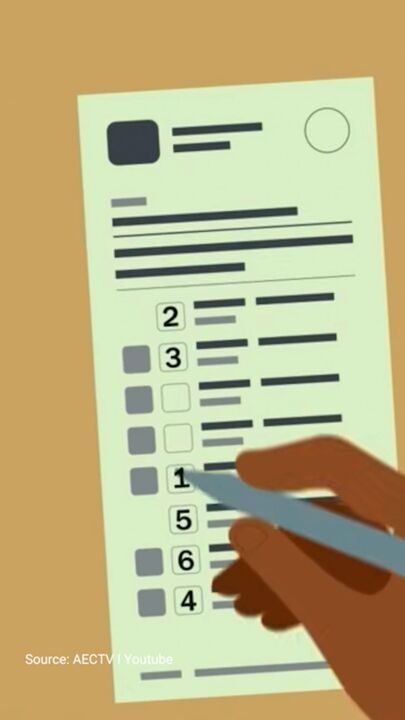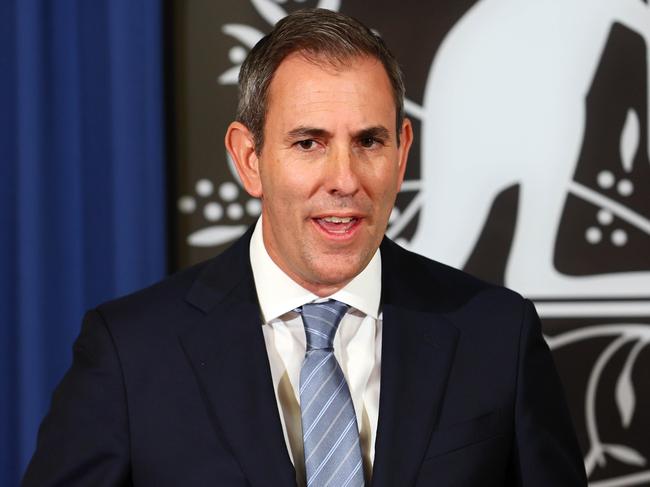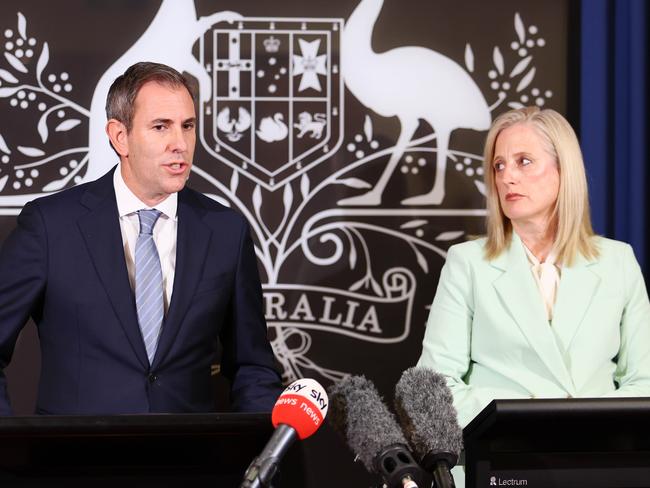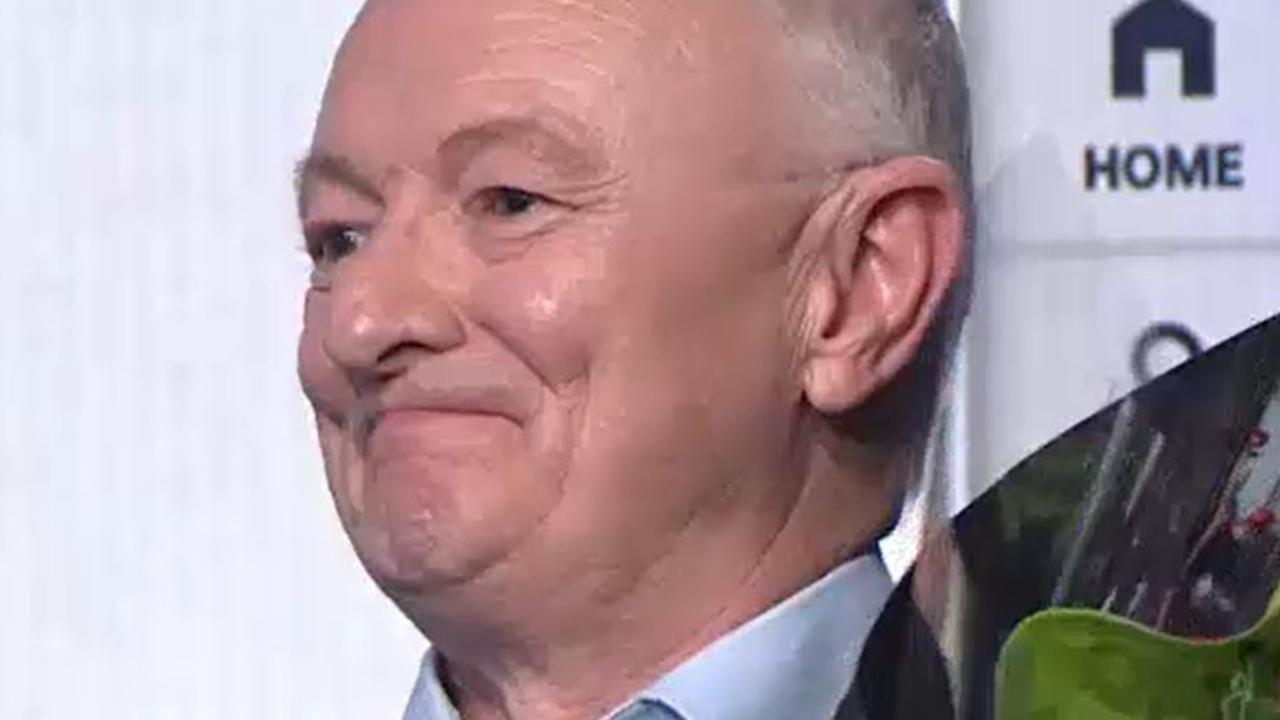Labor reveals how it plans to fund federal election cash splash
Labor has revealed where it will make cuts and the areas it will hike prices to cover its multibillion-dollar election promises, amid warnings Australia risks losing its AAA credit rating.

Federal Election
Don't miss out on the headlines from Federal Election. Followed categories will be added to My News.
Labor will cut back on outside consultants and hike visa fees for foreign students to cover the extra cost of its election cash splash, amid warnings Australia is at risk of losing its AAA credit rating if major parties fail to rein in spending and fix the budget.
Treasurer Jim Chalmers and Finance Minister Katy Gallagher unveiled Labor’s election costings in Brisbane on Monday, which included a $6.4bn cut to labour hire and consultants used by the government and $760m of revenue raising by increasing the application charge for primary student visas.
When offset by an extra $5bn in spending announced in the last three weeks of the election campaign alone, these measures would leave Labor’s budget just $1.1bn better off overall across the next four years.
Mr Chalmers said responsible economic management had been a “defining feature” of the Albanese Government, and insisted the costings should alleviate concerns from ratings agency S&P about the dangers of ongoing higher spending without a plan on how to pay for it long term.
“If the ratings agencies are worried about spending, we’ve been able to put their concerns to rest by releasing our costings today,” he said.

Big ticket items announced by Labor during the final weeks of the election campaign include $1.1bn on free mental health services and the estimated $2.4bn cost of introducing an automatic standard $1000 tax deduction for workers without receipts for expenses.
The budget deficit is now forecast to be $41.9bn next financial year, down from $42.2bn predicted in Labor’s Pre-election Economic and Fiscal Outlook (PEFO) released on April 7.
Over the next four years cumulative deficits are now expected to total $150.5bn.
In a warning to both Labor and the Coalition, S&P said Australia’s high spending governments, US President Donald Trump’s tariff wars and poor economic growth were a risk to the nation’s current AAA credit rating.
“The budget is already regressing to moderate deficits as public spending hits post-war highs, global trade tensions intensify, and growth slows,” S&P said.
“How the elected government funds its campaign pledges and rising spending will be crucial for maintaining the rating.”
S&P also raised concerns about the high volume of “off-budget” spending, which are generally large funds set aside for investments like Labor’s $10bn Housing Australia Future Fund, or the Coalition’s promised $20bn Regional Australia Future Fund.

These huge spending vehicles are not factored into budget deficit calculations, however they do contribute to government debt.
S&P said the use of these funds was “increasingly obfuscating Australia’s fiscal position and borrowing needs”.
Coalition treasury spokesman Angus Taylor would not say on Monday if the Coalition’s costings, due to be released later this week, would deliver a significant budget improvement compared to Labor’s.
“You will see in there lower taxes for small businesses, you’ll see that in our costings, the instant asset write off the entrepreneurship accelerator, getting young Australians into businesses, giving tax cuts for Australians who buy their first home,” he said.
More Coverage
Originally published as Labor reveals how it plans to fund federal election cash splash





